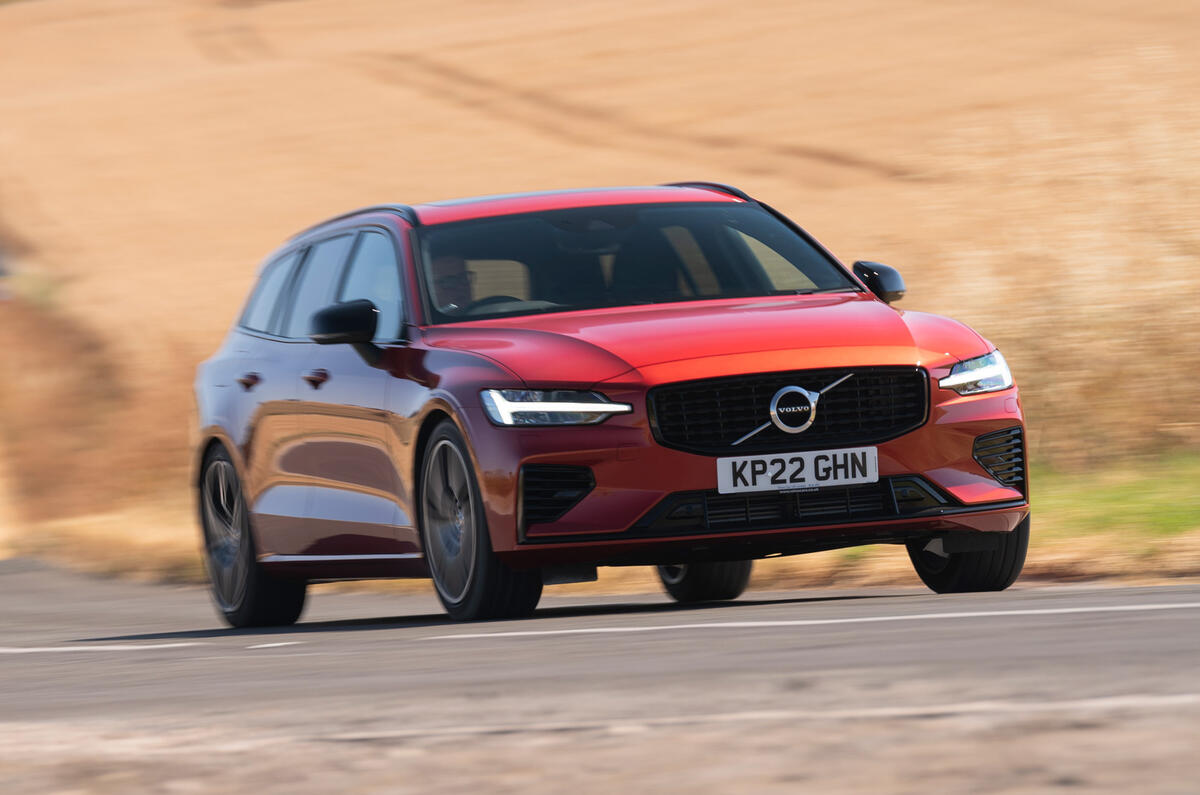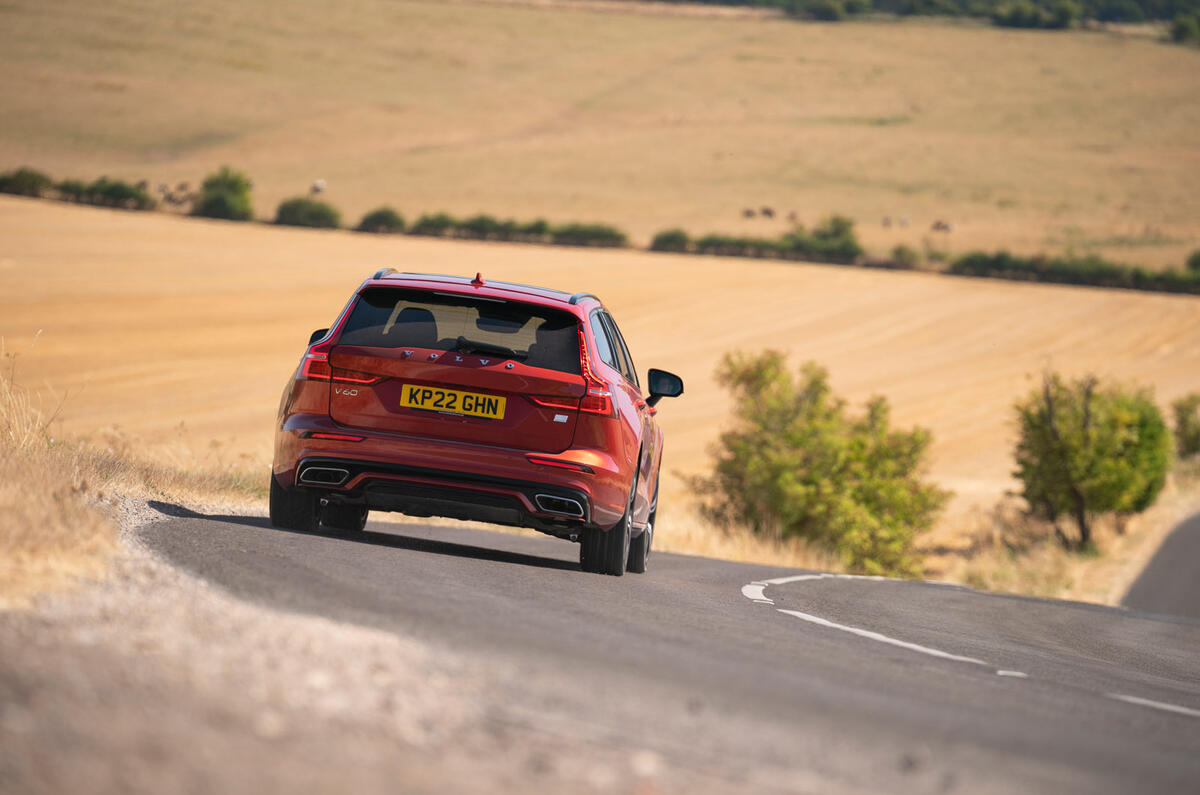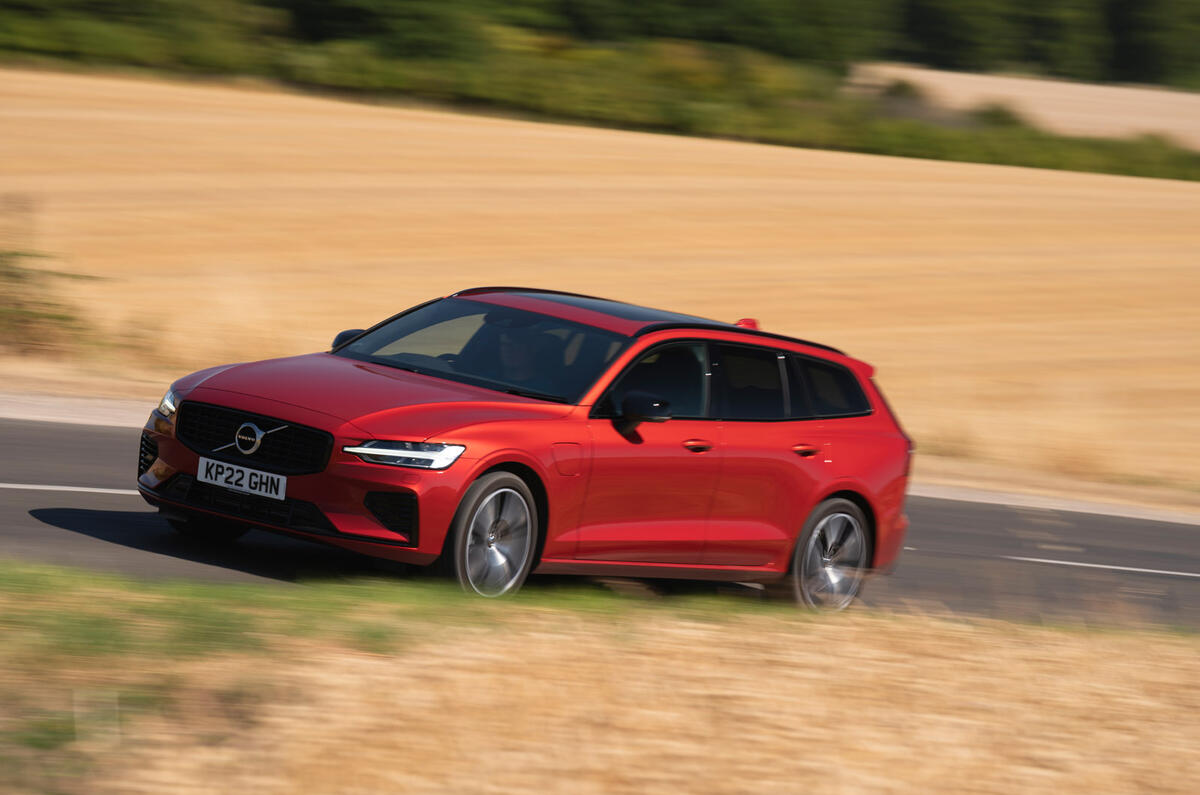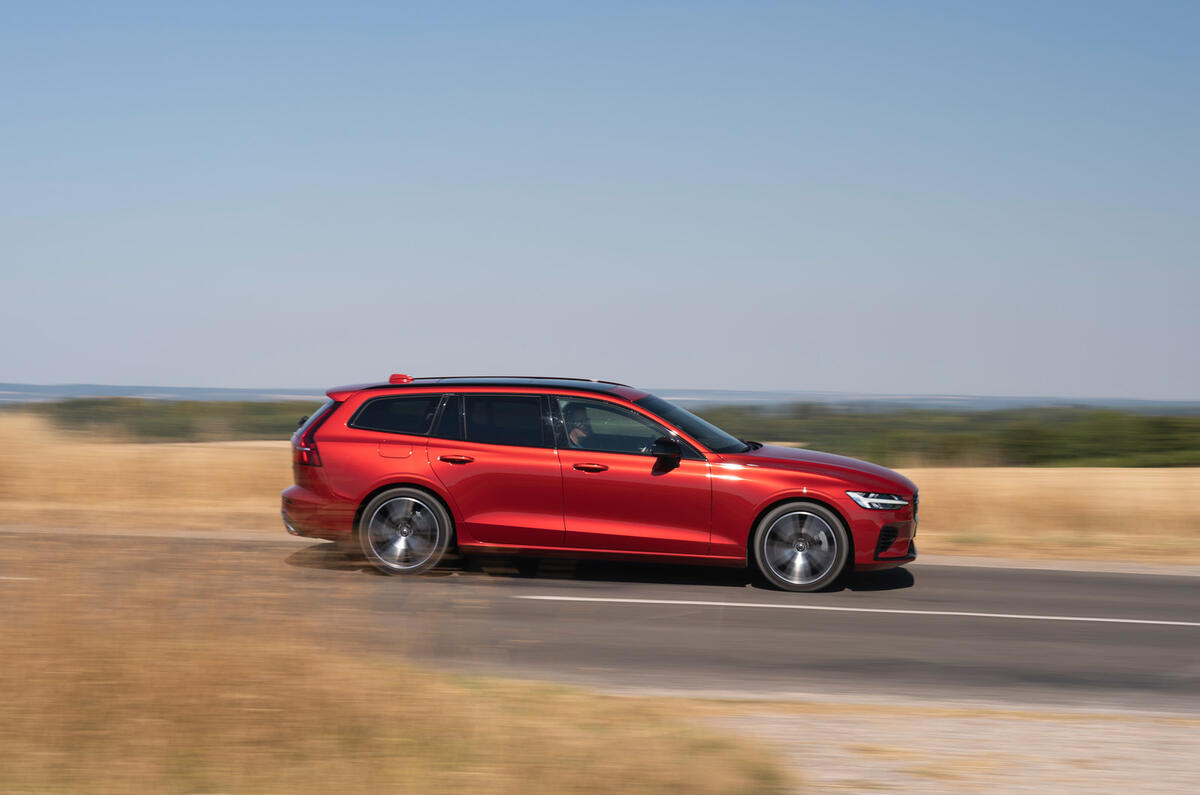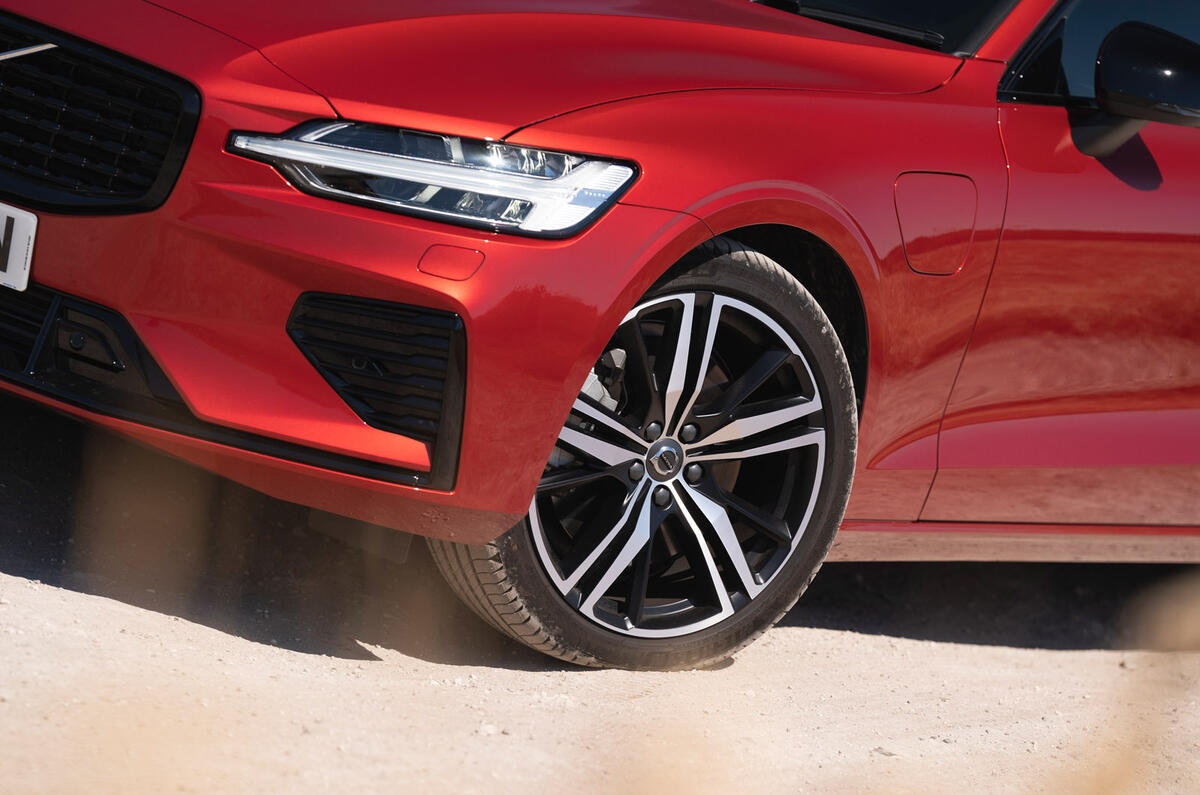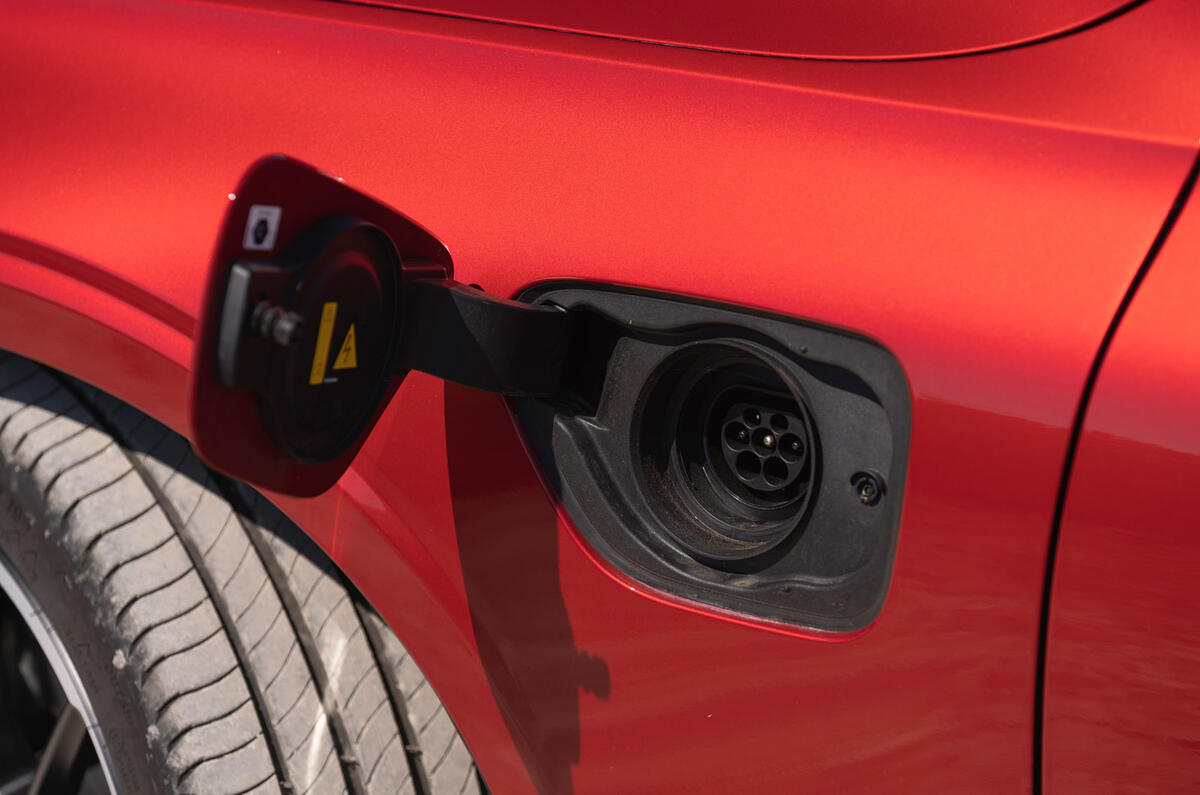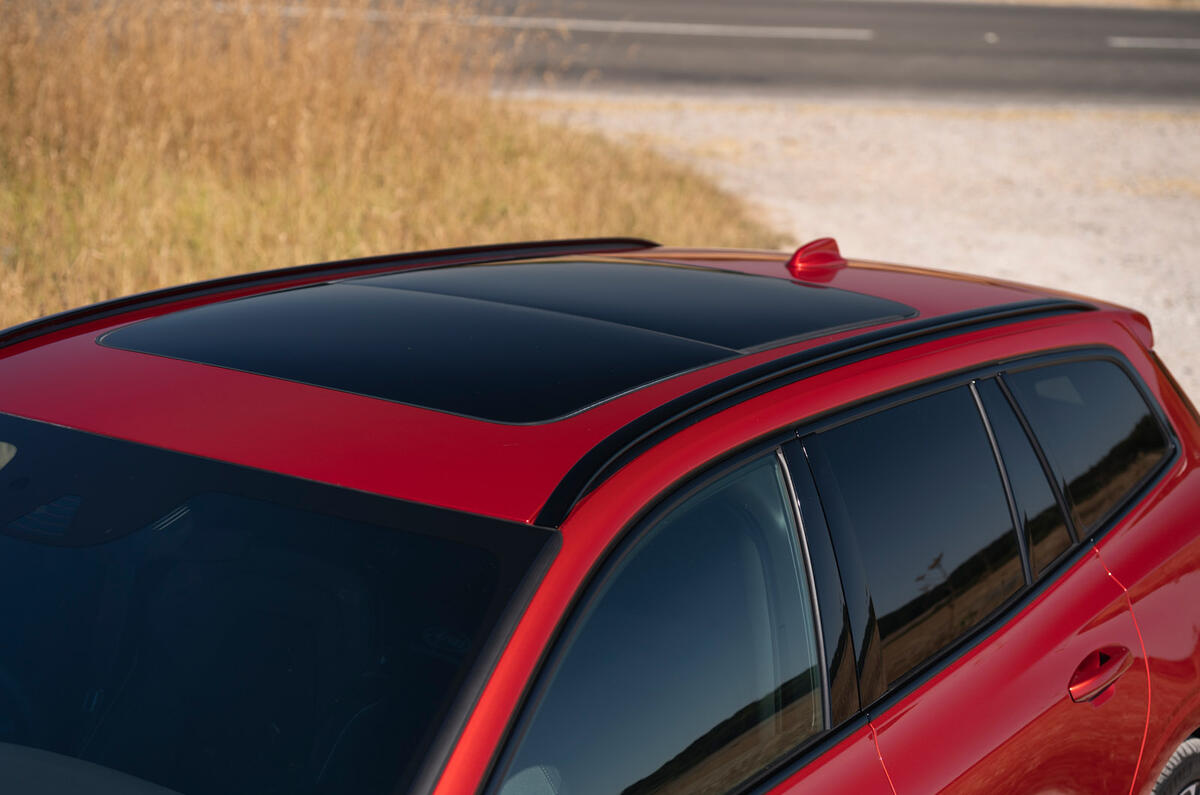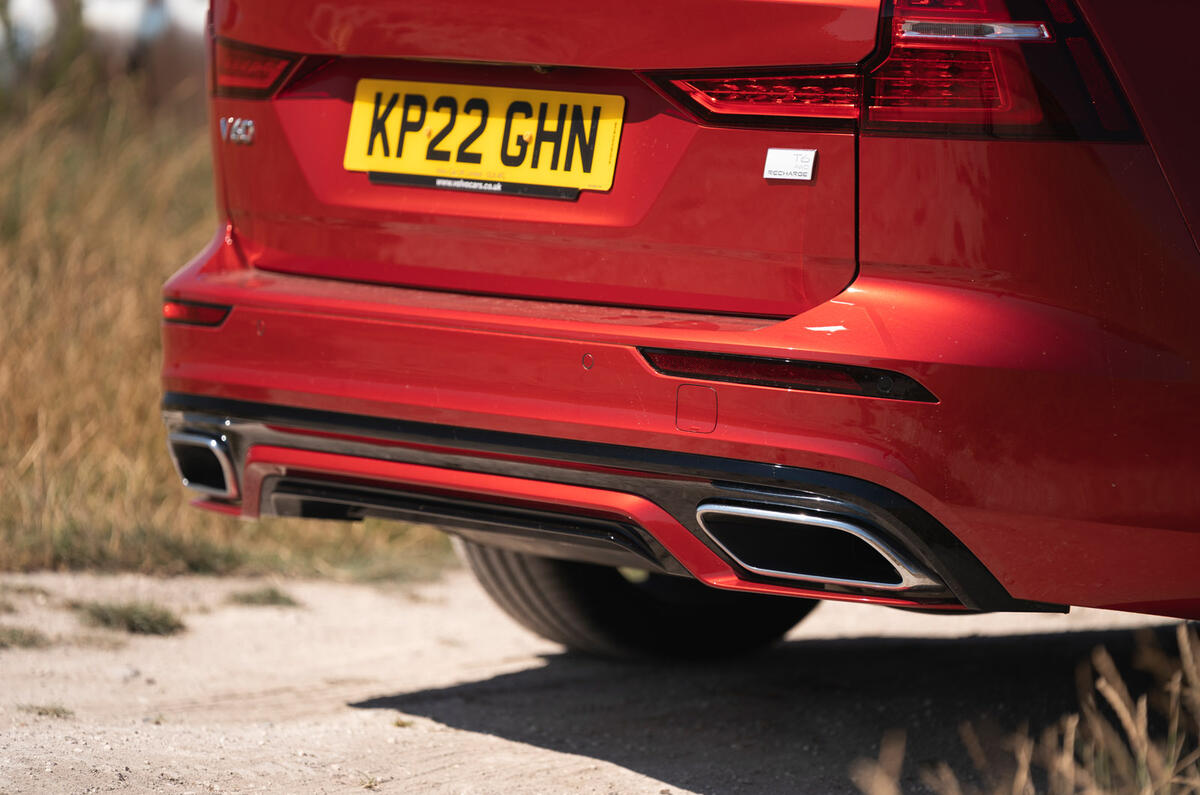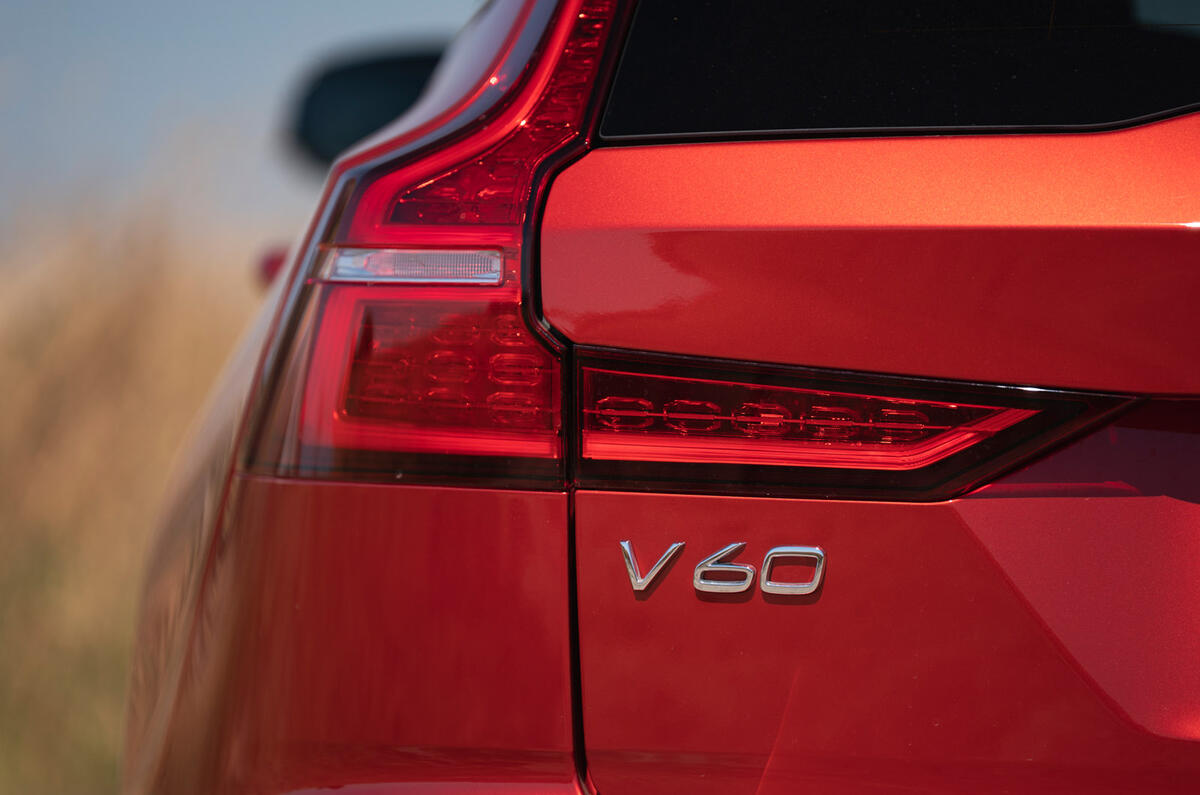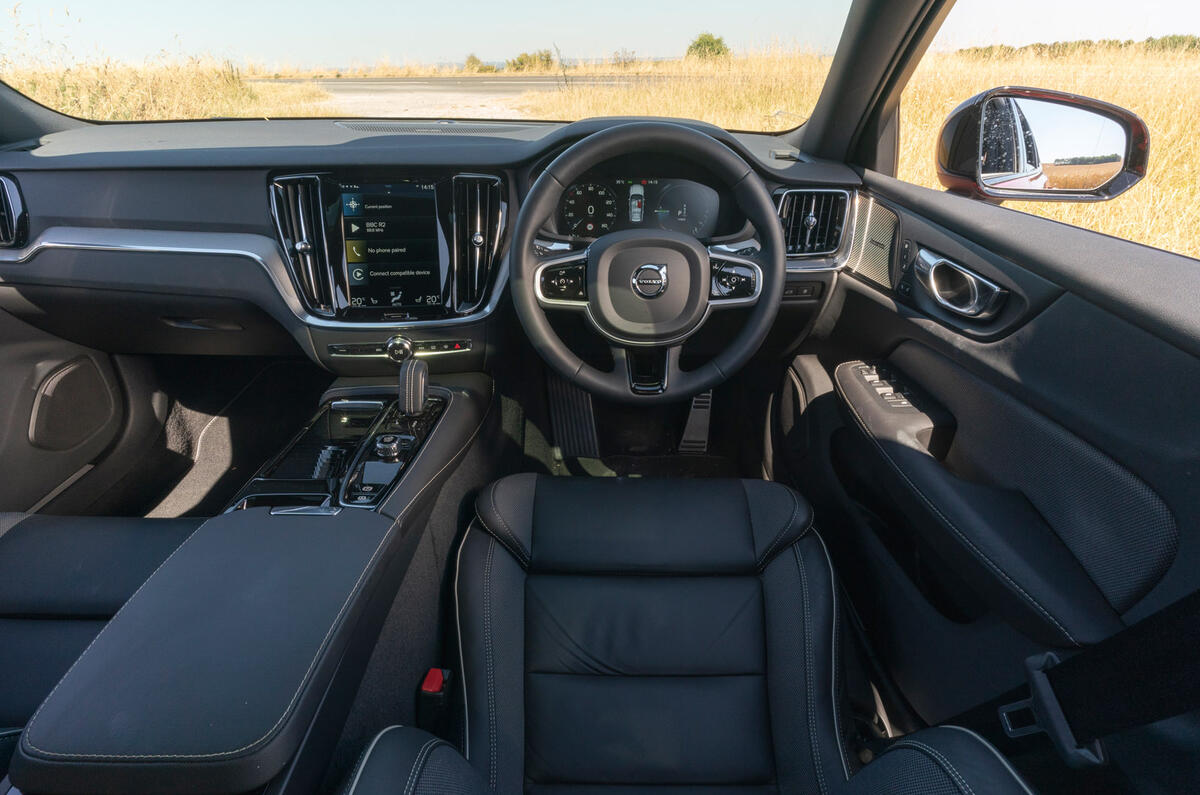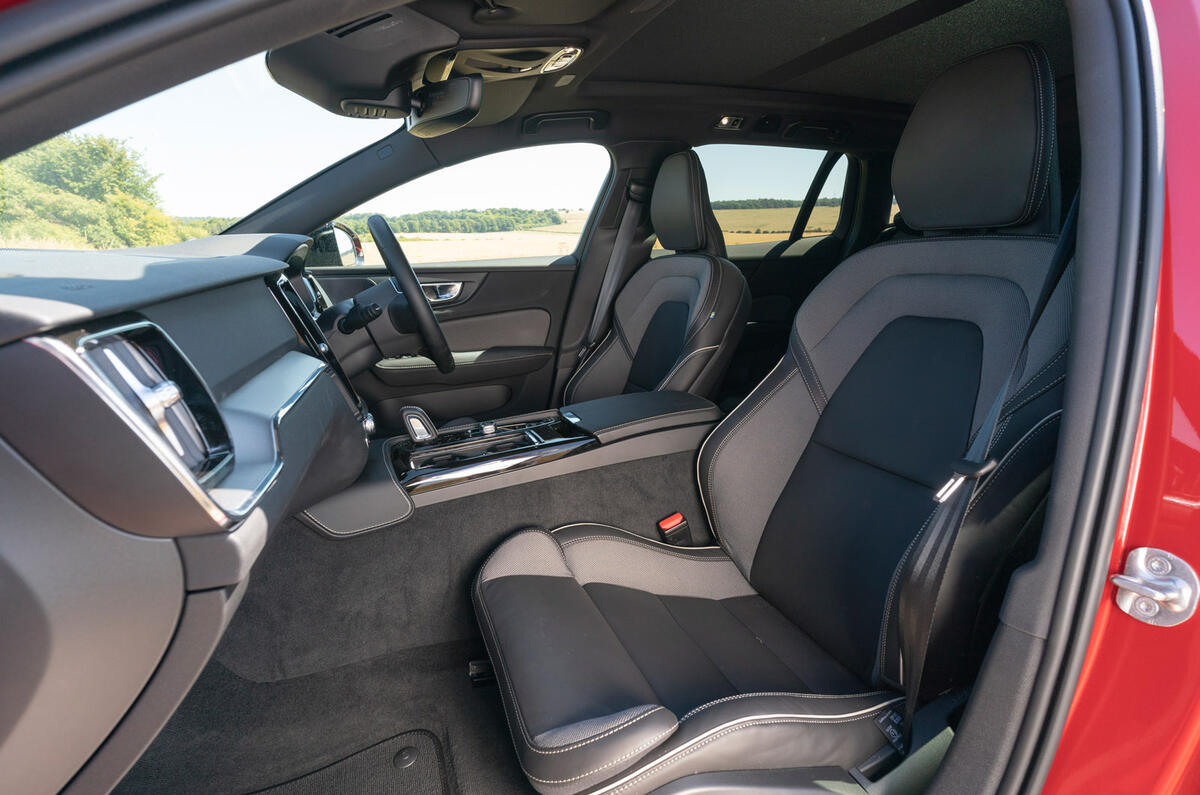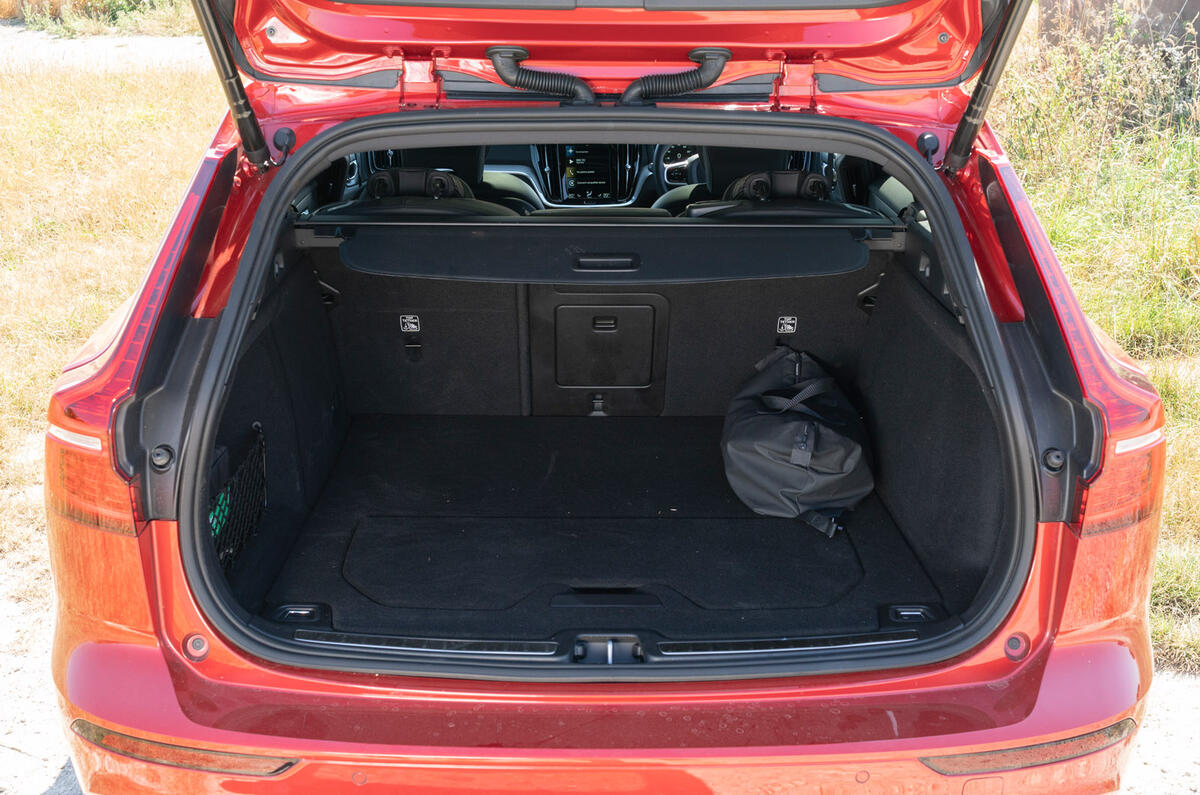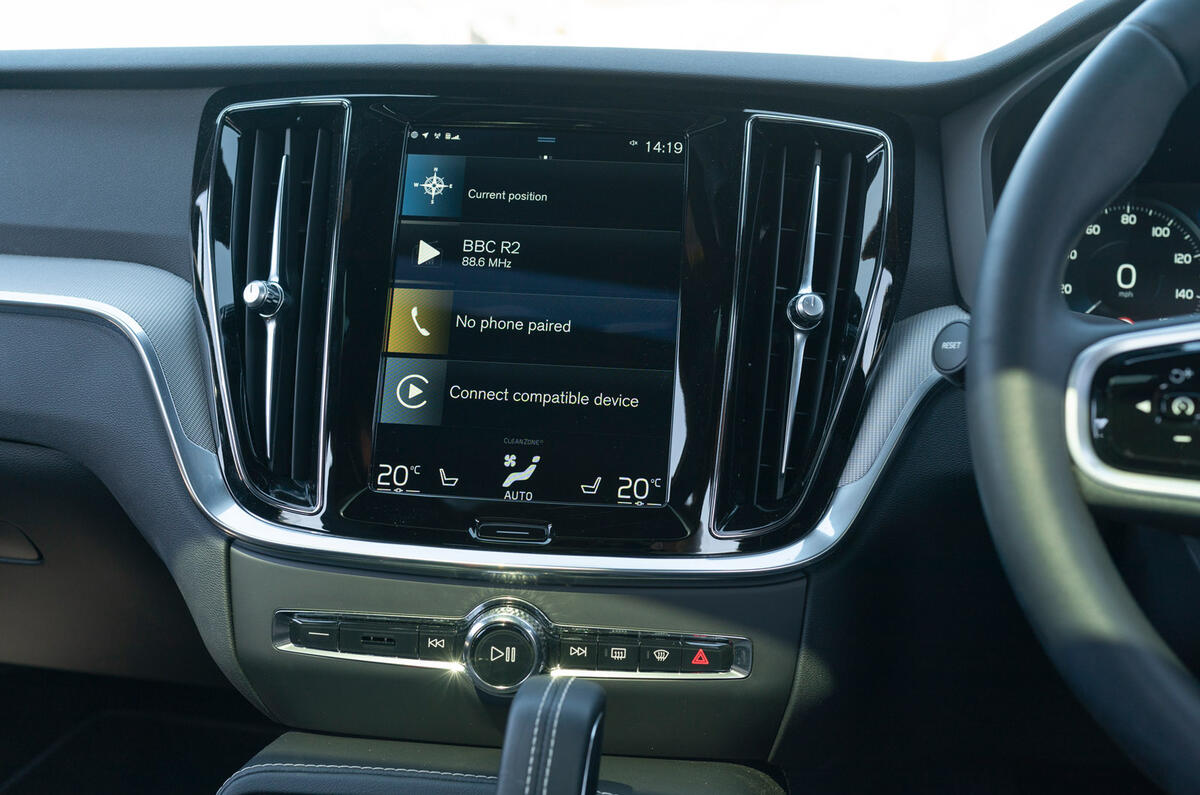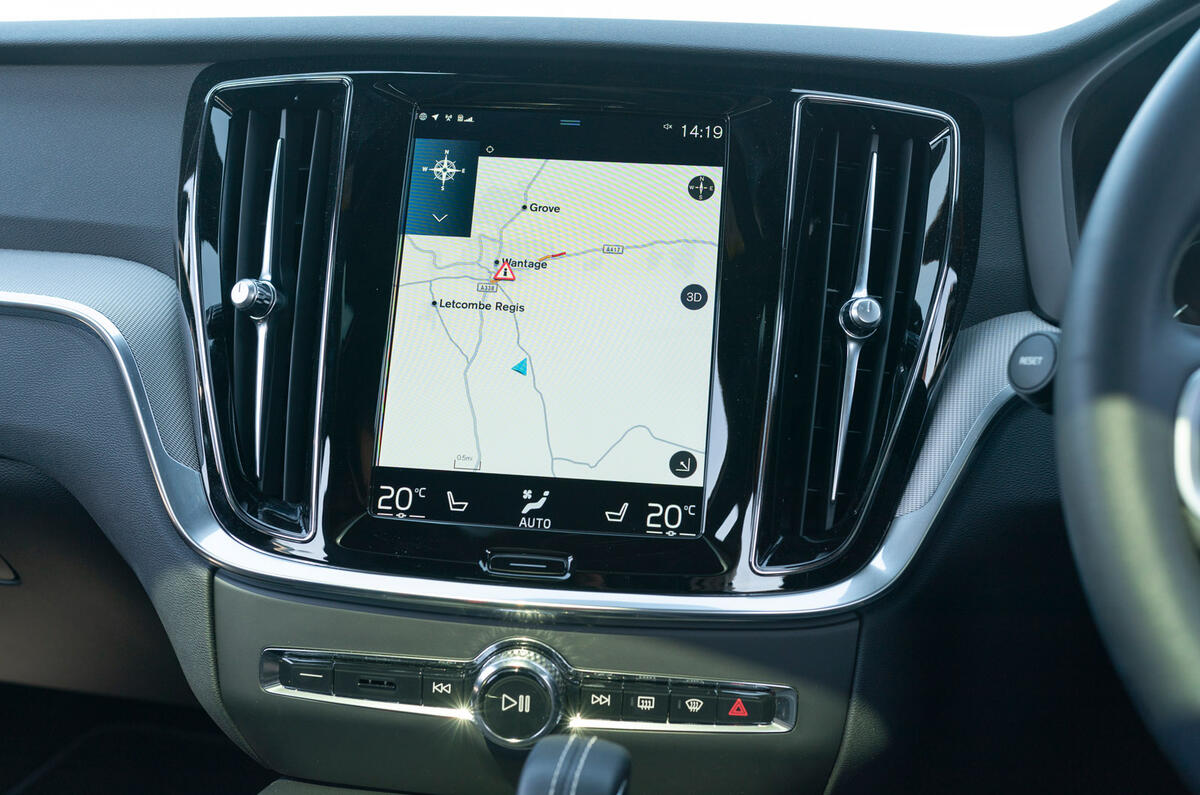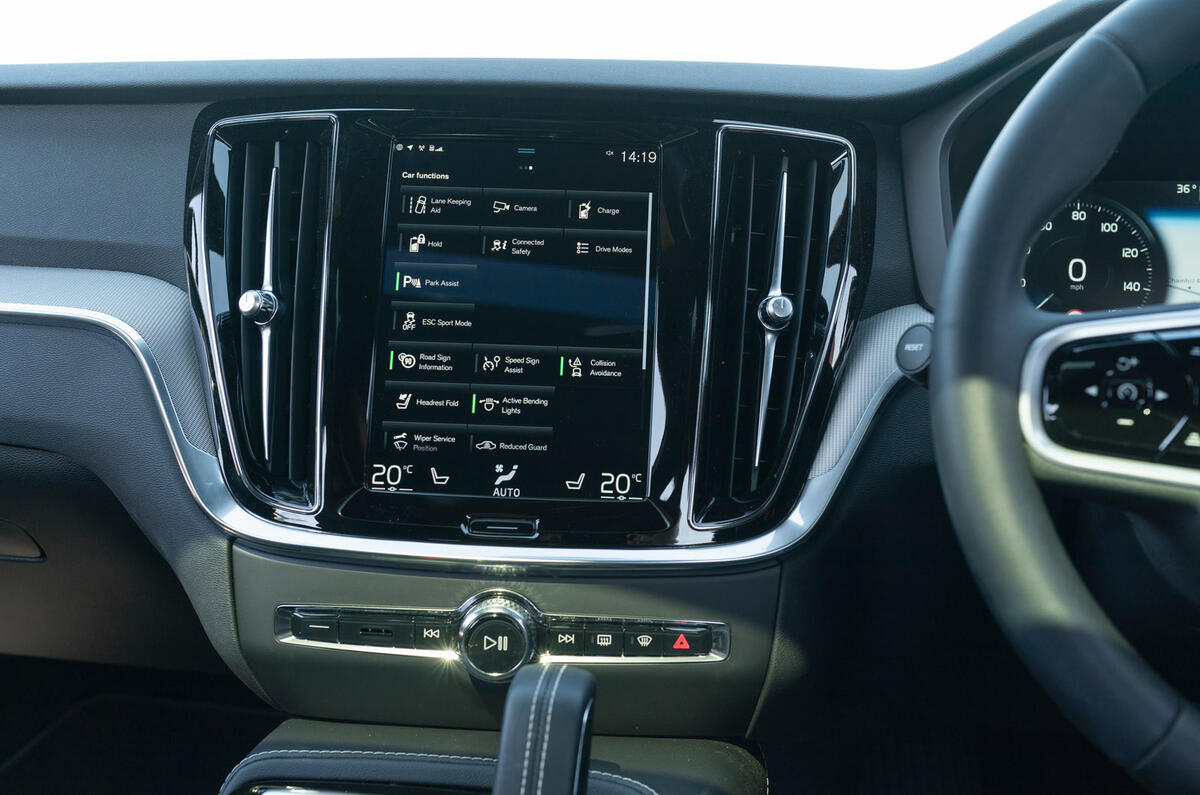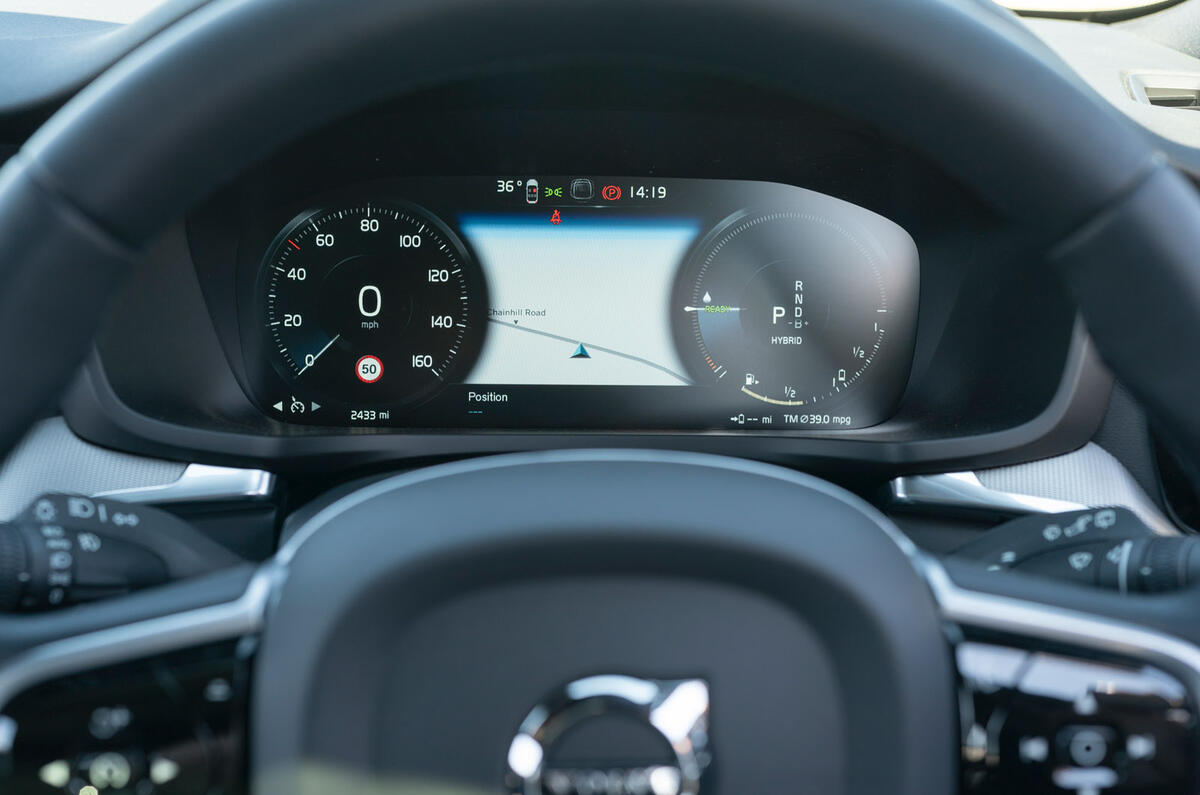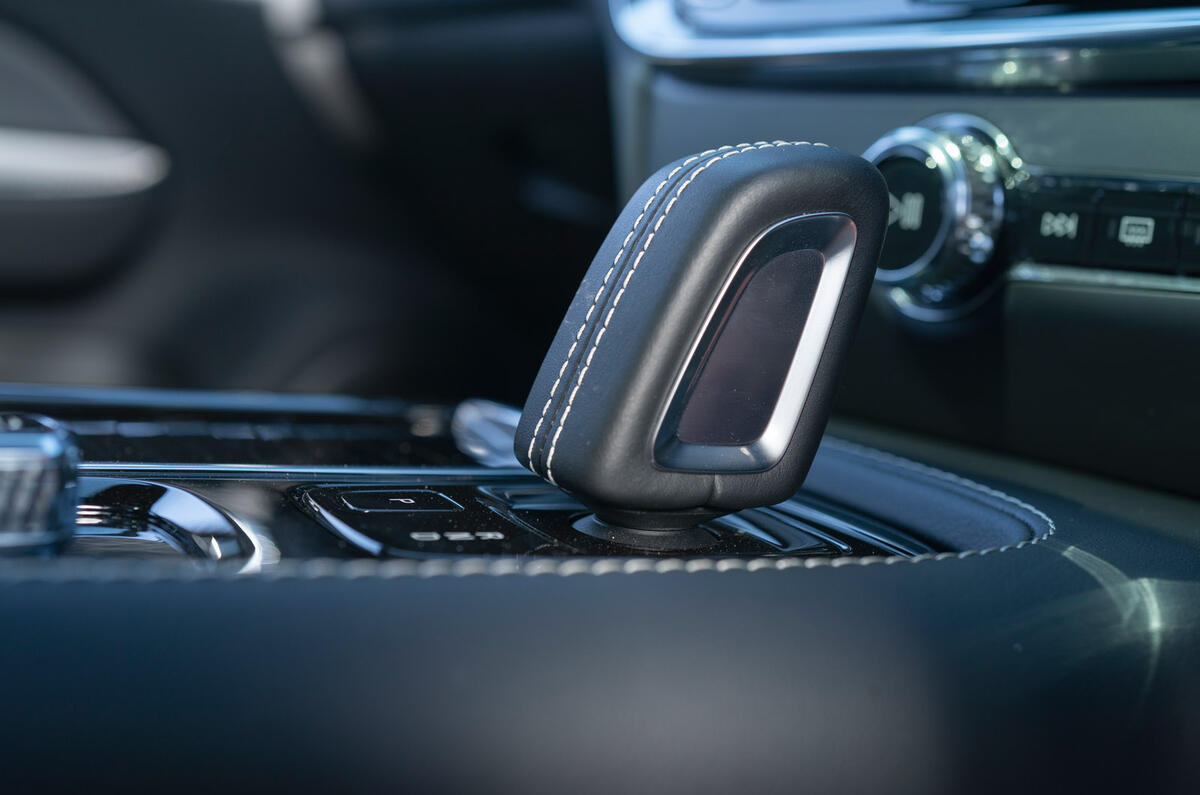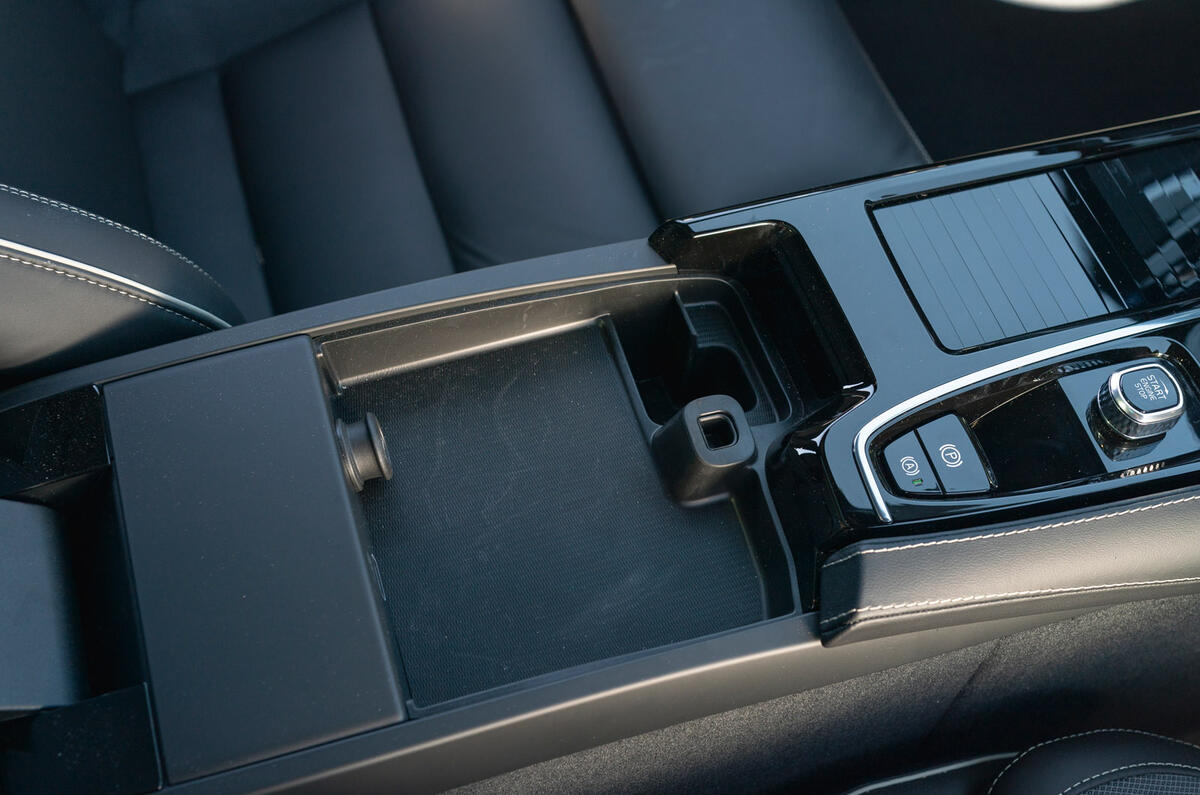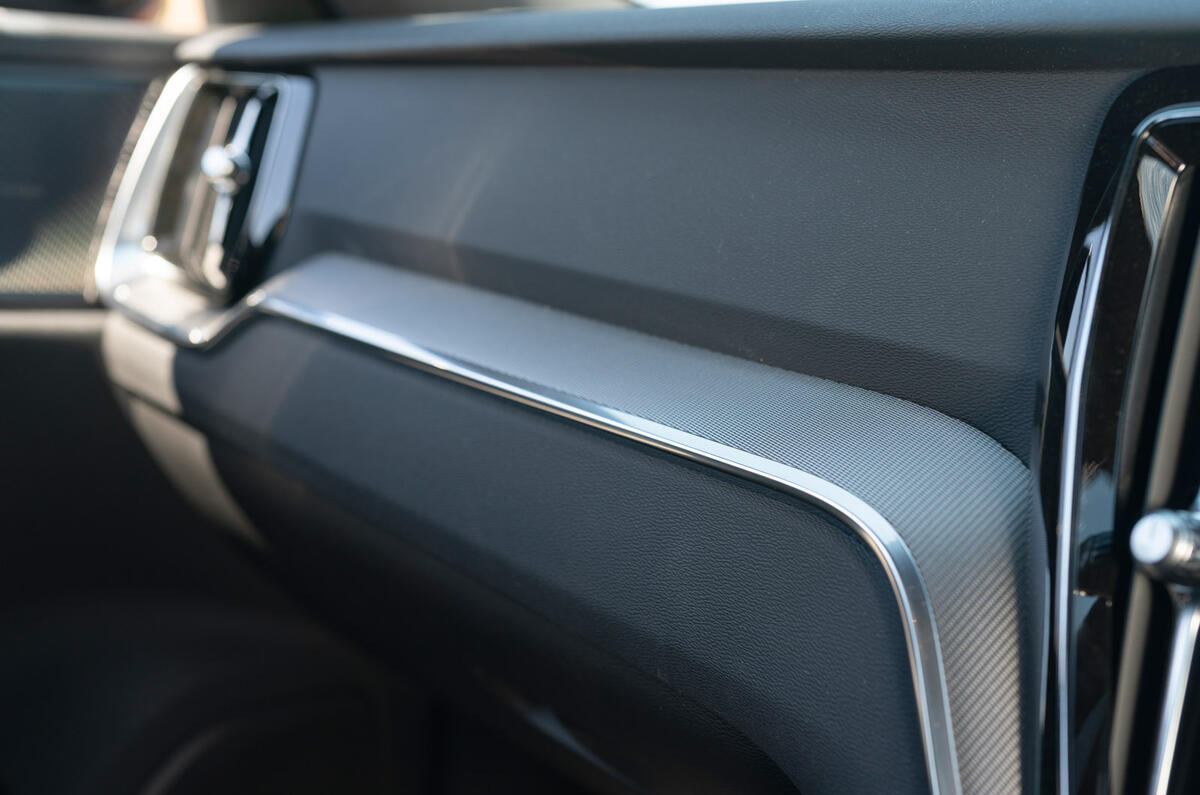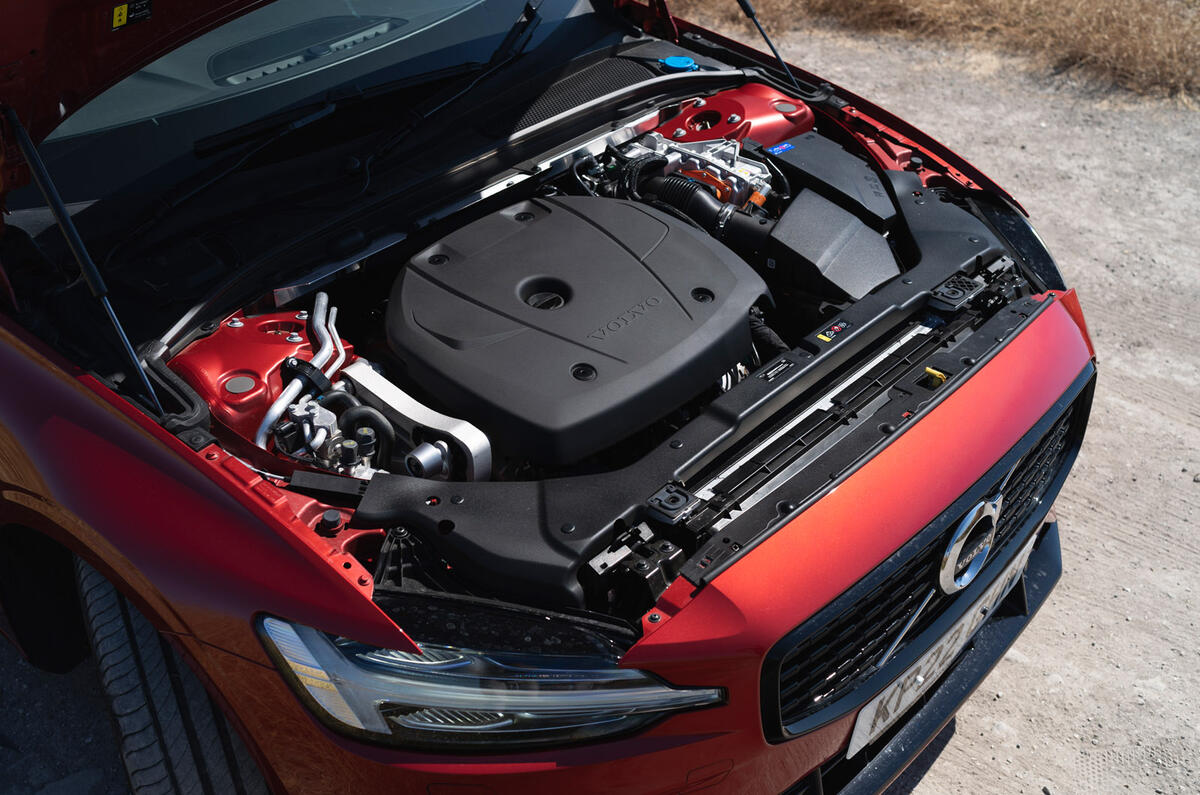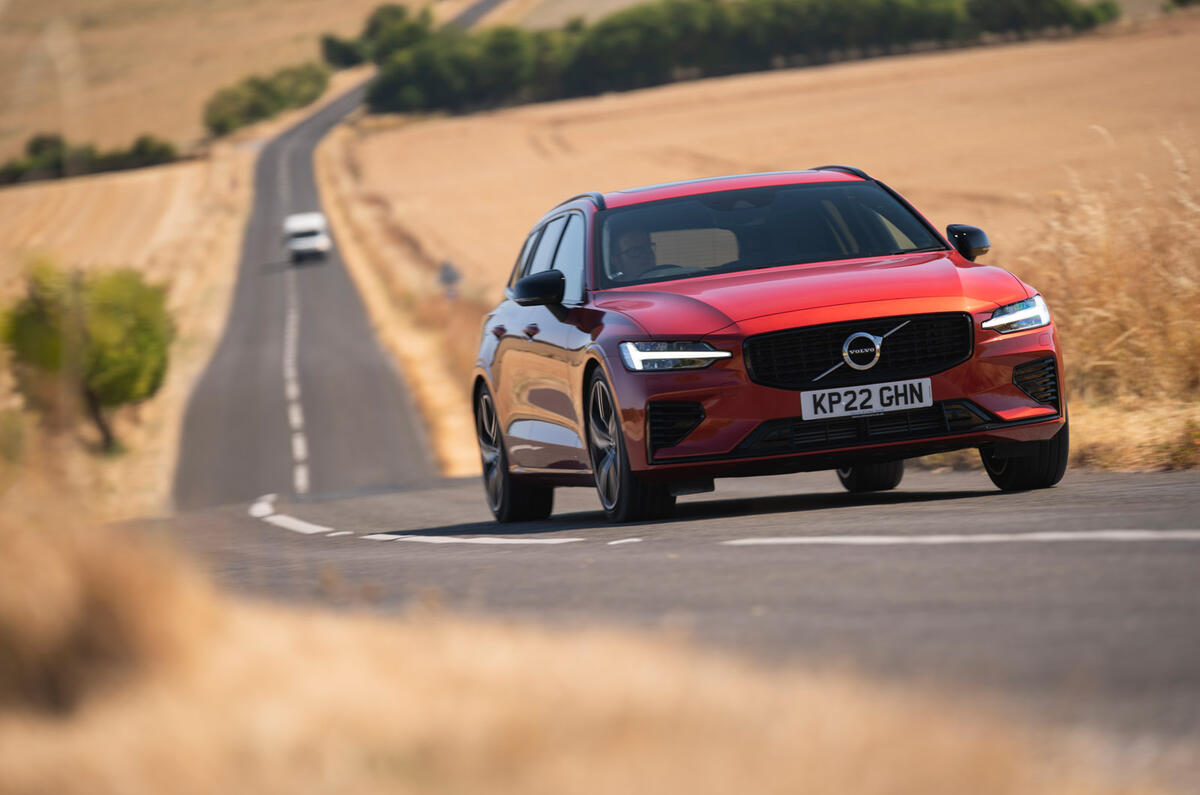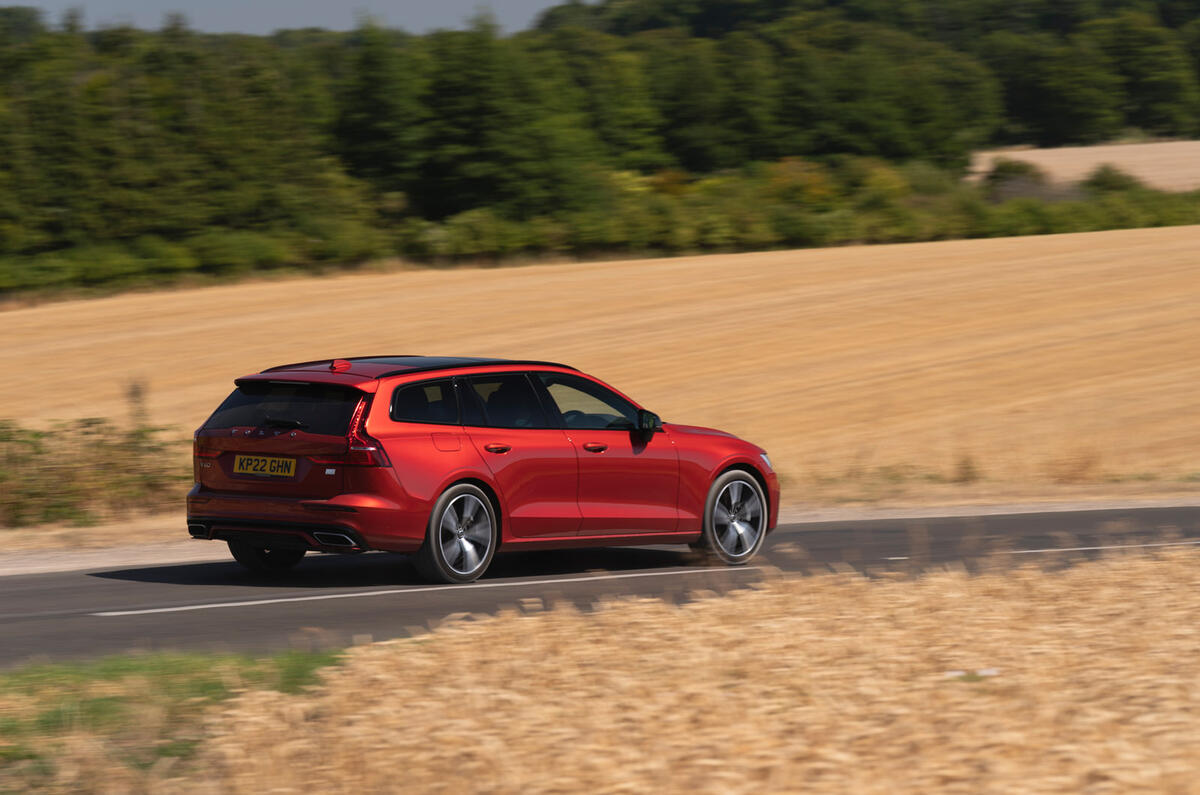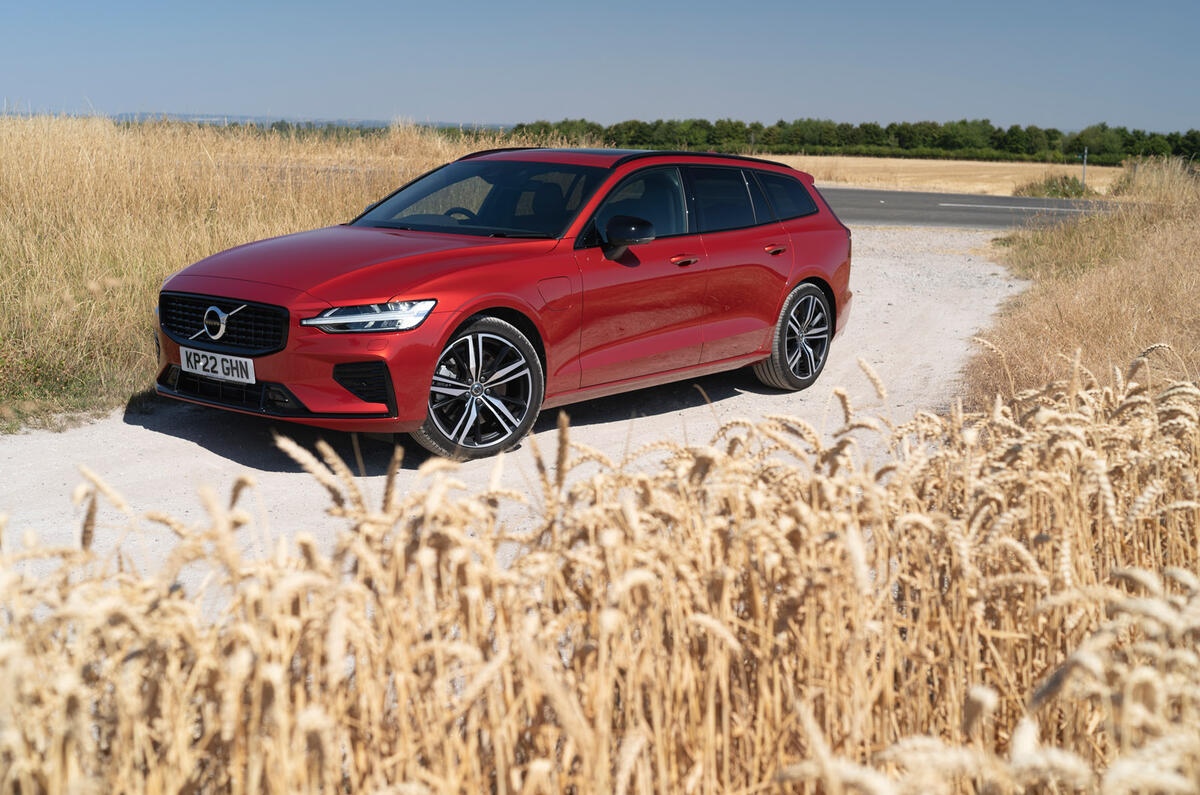The current, second-generation Volvo V60 was among the last of Volvo’s larger and more traditional models to move onto its current big-car SPA model platform. This generation of Volvo V60 (2018-2022) arrived in summer 2018 – shortly before its American-made Volvo S60 sibling saloon car arrived in Europe. While the technically related Volvo XC90 SUV is about to enter a new full model generation, then, the V60 still has a few years to go in its current form, and a 2023-model-year facelifted version will enter showrooms soon (our test car was the 2022 version).
A mid-sized estate of just under 4.8 metres in length, the car is a direct rival for the Mercedes-Benz C-Class Estate, Audi A4 Avant and Jaguar XF Sportbrake. It has a chassis made of various kinds of high-strength steel, and a choice of transverse-mounted four-cylinder petrol engines under the bonnet (thus configured, typically of modern Volvos, to create the optimal frontal crash structure; and with diesel motors having been phased out entirely in 2021). The car also offers a mix of front- and four-wheel drive, now all with automatic gearboxes, and fully independent suspension made up of double wishbones below coil springs at the front axle, and of Volvo’s multi-link axle with its transverse leaf spring made of a composite polyurethane resin at the rear. Unlike the bigger Volvo V90 and Volvo XC60, the V60 can’t be had with either air suspension or adaptive dampers.



